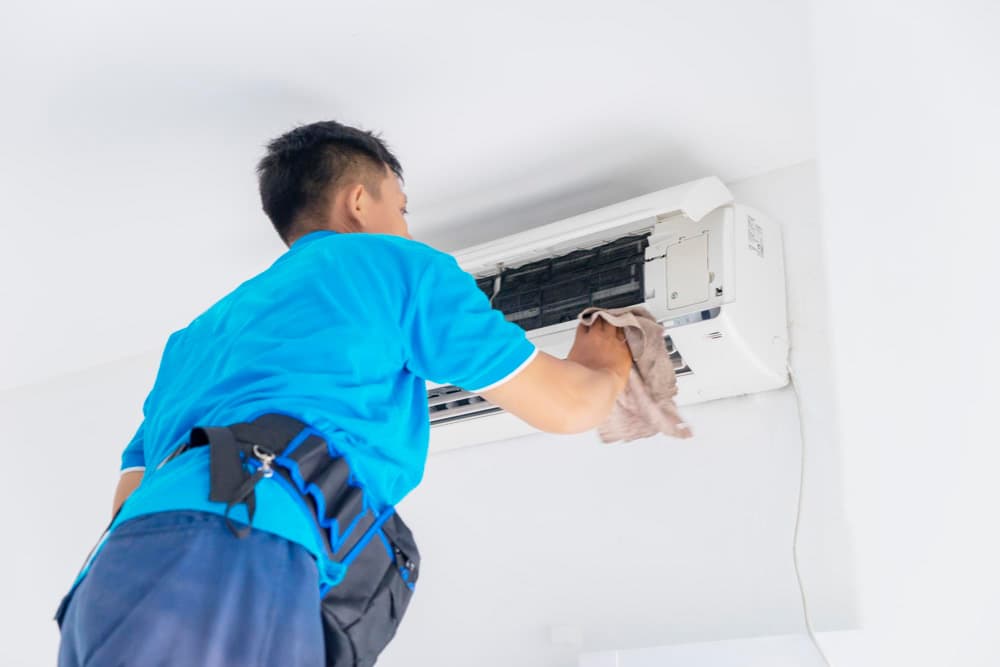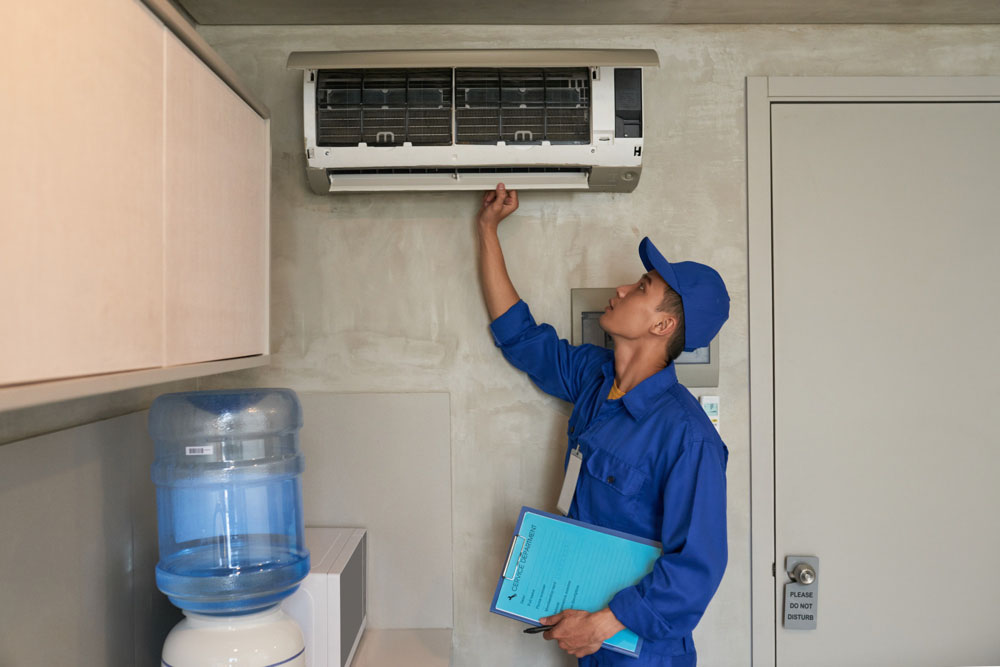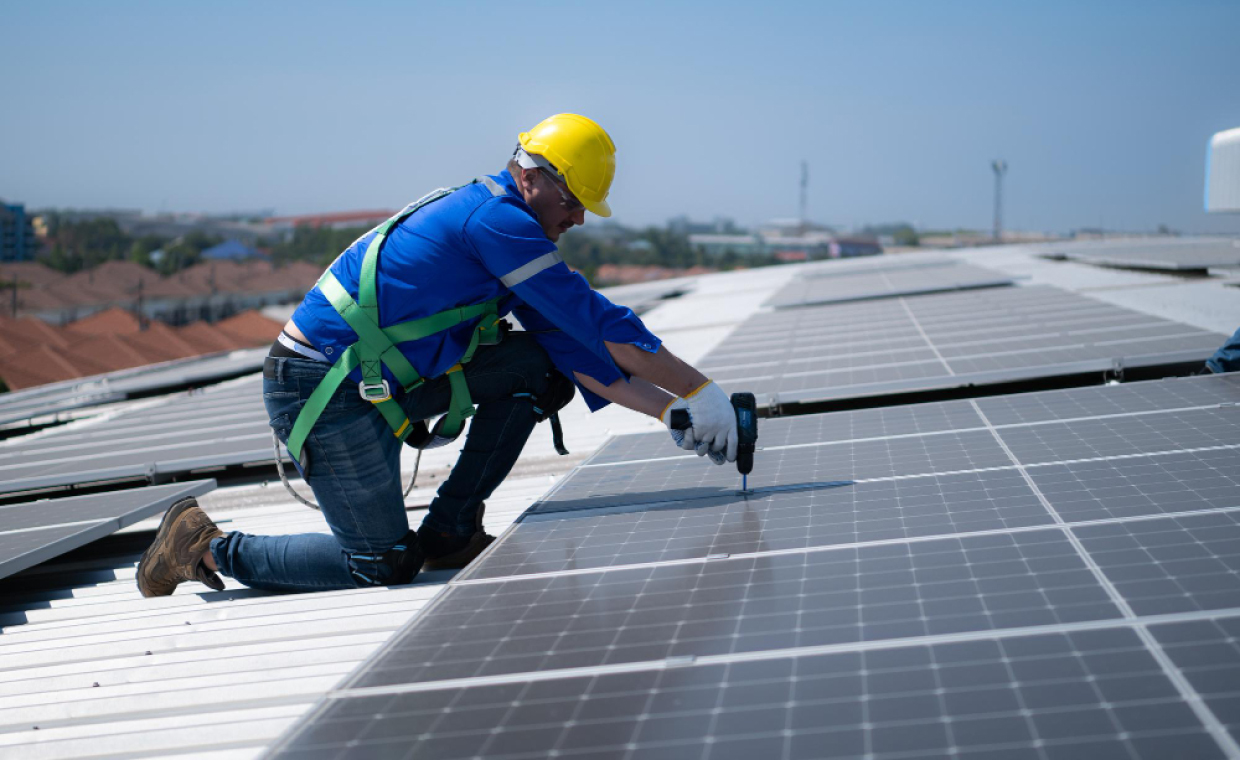
Table of Contents
Seasonal AC Repair is important for multiple reasons. An air conditioner must go through different seasonal variations, impacting its efficiency and life expectancy. The AC runs round the clock during the hot summer to cool indoor spaces, leading to increased wear and tear. Meanwhile, in the winter season, the system remains idle, which leads to dust deposits and part failure when the system is again brought into operation. Spring and fall offer a window of opportunity for preventive maintenance for trouble-free performance when the system is needed most.
Seasonal AC Repair should include minute inspection and scheduling of nest repairs, and it spares homeowners from the risk of abrupt breakdowns, wasted energy, and costly replacement. Neglecting minor AC maintenance issues can result in serious problems, especially when seasonal change causes stress to the unit. We outline how each season and seasonal changes affect air conditioner performance and describe why ongoing maintenance is so essential to sustaining an efficient Seasonal AC Repair schedule throughout the year. By being aware of those seasonal problems, homeowners can take measures to avert them and avoid costly downtime.
Ways Each Season Affects Air Conditioning Performance

1. Summer Heat and AC Performance
Summer is peak season for air conditioners due to extreme temperatures and constant running. The AC operates for long hours to cool indoor areas to comfortable levels, leading to overheating and heat stress on crucial components like the compressor and condenser coils.
High outdoor temperatures make the system work harder, using more power and raising the cost of electricity bills. Common summer-related issues include refrigerant leaks, frozen evaporator coils, and clogged air filters that restrict airflow.
Unless there is timely Seasonal AC Repair, the system may not be able to meet the desired temperature if it is not well maintained, resulting in inconsistent cooling and higher operating costs. Homeowners should schedule a pre-summer inspection to check refrigerant levels, clean condenser coils, and replace air filters to ensure maximum efficiency.
AC maintenance of minor repairs before and during summer preserves the systems, but emergency repairs are costly during peak AC usage. Maintenance at this time provides a stable performance and healthy indoor conditions.
2. Spring Maintenance and System Preparation
Spring is an excellent time to prepare an AC unit for summer and related seasonal changes upcoming by through AC maintenance. With several months of low use during winter, dust, debris, and mildew can collect in vents and air ducts, reducing airflow and indoor air quality. Season spring maintenance allows homeowners to diagnose and address issues before they have a more detrimental effect.
Standard maintenance activities include thermostat verification for accurate readings, checking refrigerant levels, and cleaning coils. Professional maintenance scheduling in spring promotes better cooling performance and prevents undue strain on the system during summer. Homeowners must inspect loose electrical connections and lubricate moving parts to achieve maximum unit lifespan.
Maintenance during this period keeps the AC system at optimal performance whenever temperatures rise as the seasonal changes. Preventive work in the AC repairs during spring prevents unforeseen breakdowns and energy loss, allowing the homeowner to enjoy continuous comfort once summer arrives.
3. Fall Transition and Energy Efficiency
With cooling temperatures during fall season, air conditioning usage is low, opening a window of opportunity to evaluate the system. In this season, uneven cooling is a frequent complaint, which might reflect airflow issues, duct leaks, or malfunctioning parts. The outdoor condenser unit is also prone to picking up dirt, leaves, and debris, which clog airflow and make the system inefficient.
With regular AC maintenance it is easier to Keep the AC unit well-functioning; however, it is critical to ensure about proper ventilation as it improves energy efficiency and prepares the system for the upcoming cooling season and the concerned seasonal changes. Inspections must also be made of weatherproofing and insulation on doors and windows to make them air-tight to avoid leaks that compel the AC to work harder.
An AC tune-up in the fall guarantees worn-out components are discovered and fixed before winter hibernation. These issues are identified early to enhance system efficiency, reduce energy costs, and prevent failure when the system is again needed in spring. Preventive maintenance and timely AC repairs can yield long-term reliability and cost advantages.
4. Winter Dormancy and Potential Damage
During winter, most residents shut down their AC systems altogether, and this may lead to issues upon restart when the weather warms up due to seasonal changes. Continued non-use may lead to moisture and dust build-up, triggering mold and poor air quality. Electrical cables and connections are susceptible to rust from continued cold and moisture exposure, making them easily prone to faults. Pets and rodents may also find shelter inside the outdoor unit, chewing on wiring and insulation. A ventilated cover over the condenser unit will protect it from debris while allowing airflow.
A competent AC repairs service also includes regular checks on the system throughout the winter will expose any developing problems before they become worse. If the AC sits idle for an extended period, have a professional inspect it before starting up again in the spring. Maintaining the system intact and healthy prevents sudden failures and costly repairs when cooling is needed again.
Signs That Indicate AC Repairs Are Necessary

Regardless of the season, some signs indicate that an AC system needs to be repaired. Poor airflow, unevenly cooled areas, and unusual noises indicate mechanical issues that must be addressed quickly. When the system emits foul odors, this could be due to mold growth, refrigerant leaks, or an electrical problem. A significant spike in energy costs without changes in usage patterns is a tip-off that the system works inefficiently due to dirty filters or faulty components.
Waiting for problems to occur makes minor issues escalate into full-blown breakdowns, resulting in costly emergency calls. Getting an inspection completed as soon as warning signs appear prevents the damage from occurring and keeps the AC running at peak efficiency. Homeowners must monitor their system throughout the year and take action immediately when issues arise. Regular maintenance and timely AC repair Round Rock keep the system running efficiently and improve indoor comfort. Preventive maintenance reduces the chances of unexpected breakdowns and extends the unit’s life.
Seasonal fluctuations directly affect the performance and longevity of an air conditioning system. Summer heat causes stress to components, and winter idleness can result in dust buildup and electrical problems. Comprehensive AC repairs include Spring preparation, fall maintenance, and prompt attention to warning signs keep the system in top operating condition year-round. Timely AC repairs scheduling and routine inspections maintain optimum performance and energy efficiency. Such homeowners who spend money on proactive upkeep of the AC system reap the benefits of lower energy bills, reduced repair costs, and long-term reliability.






























